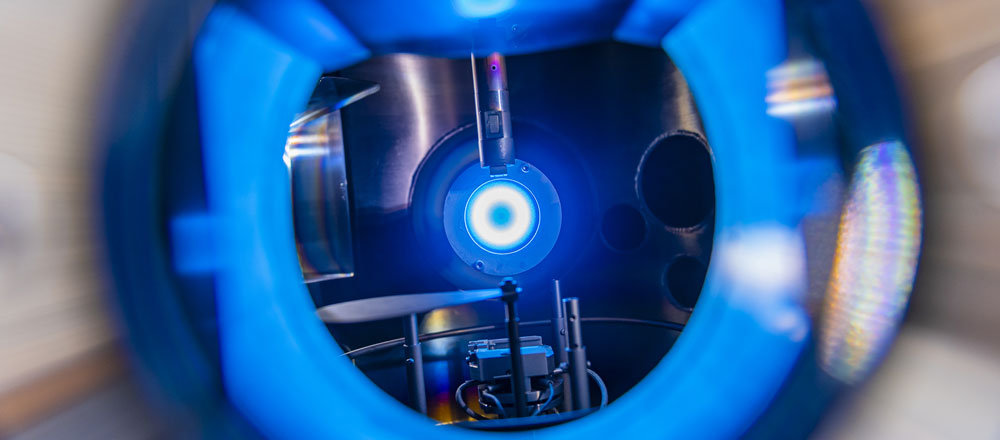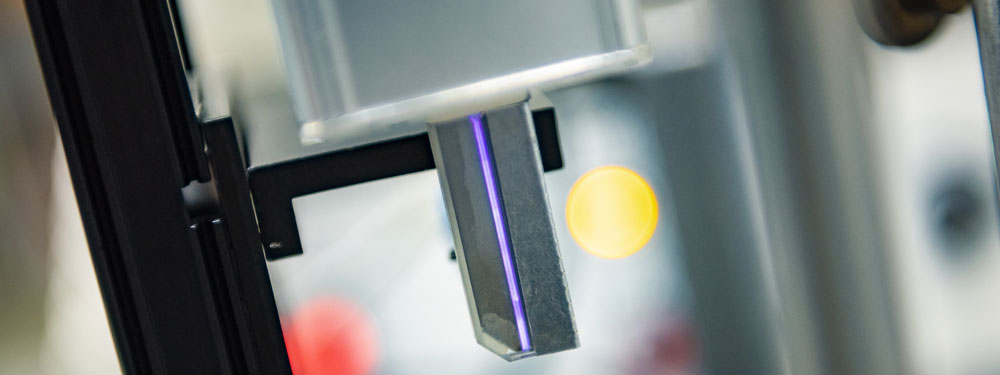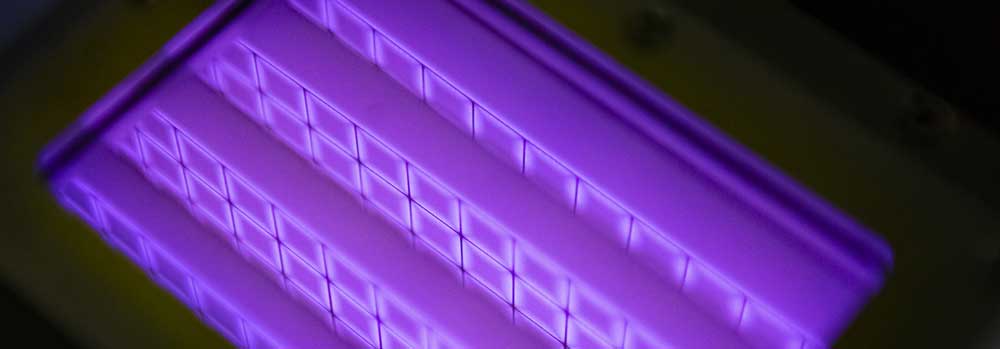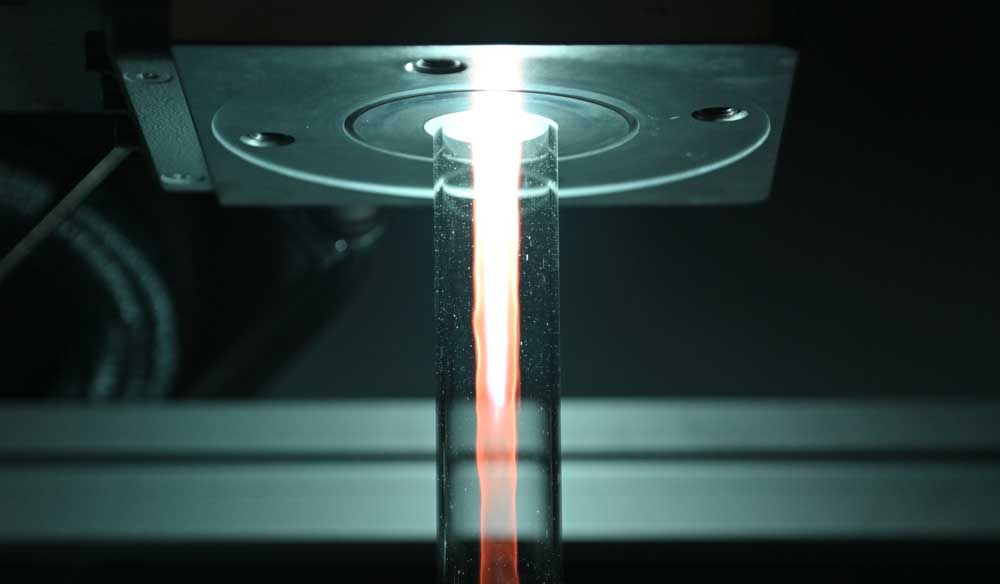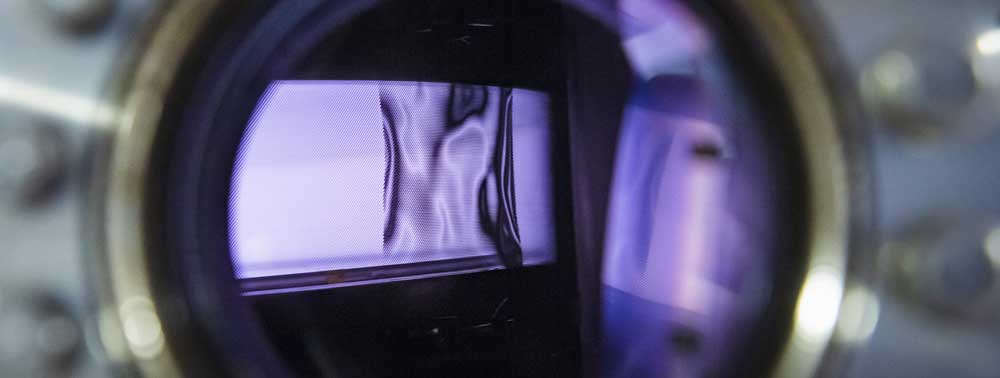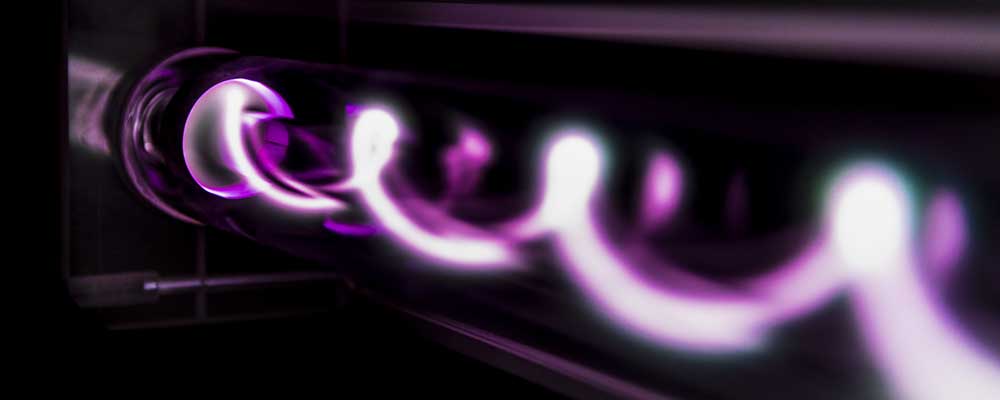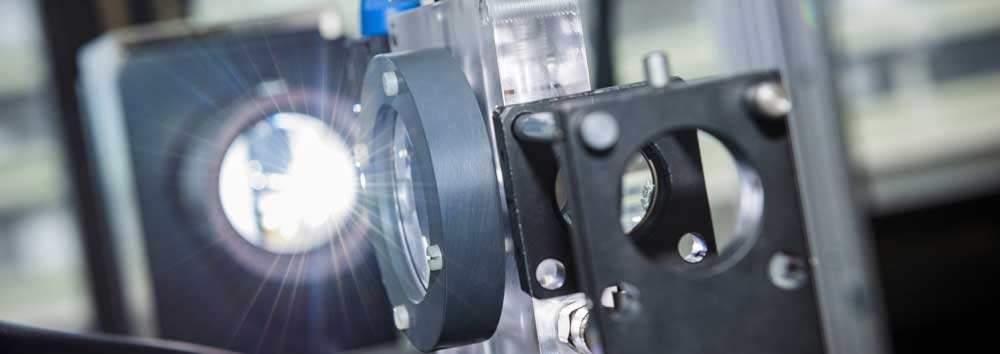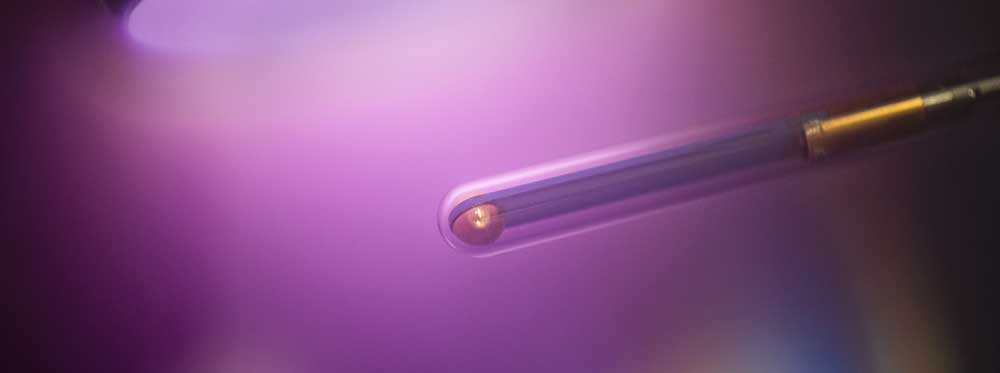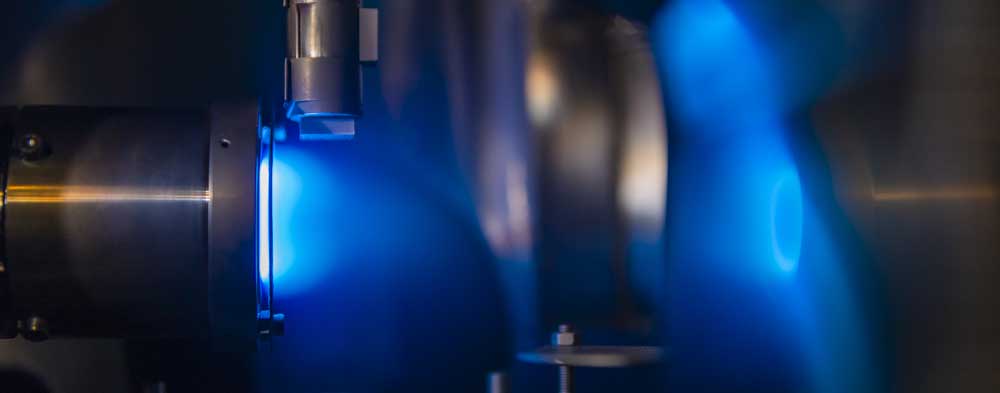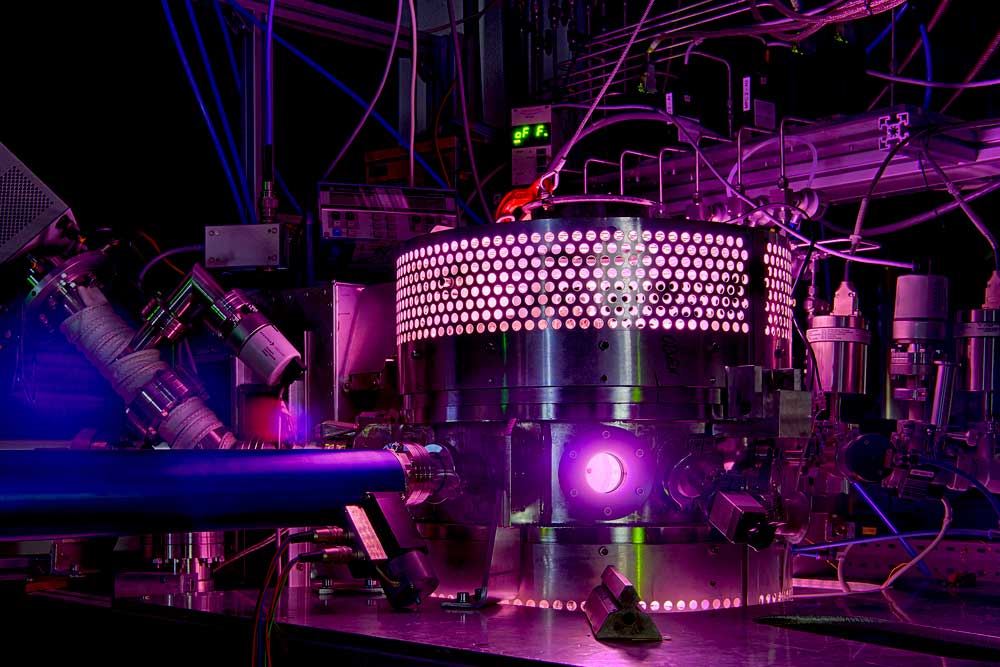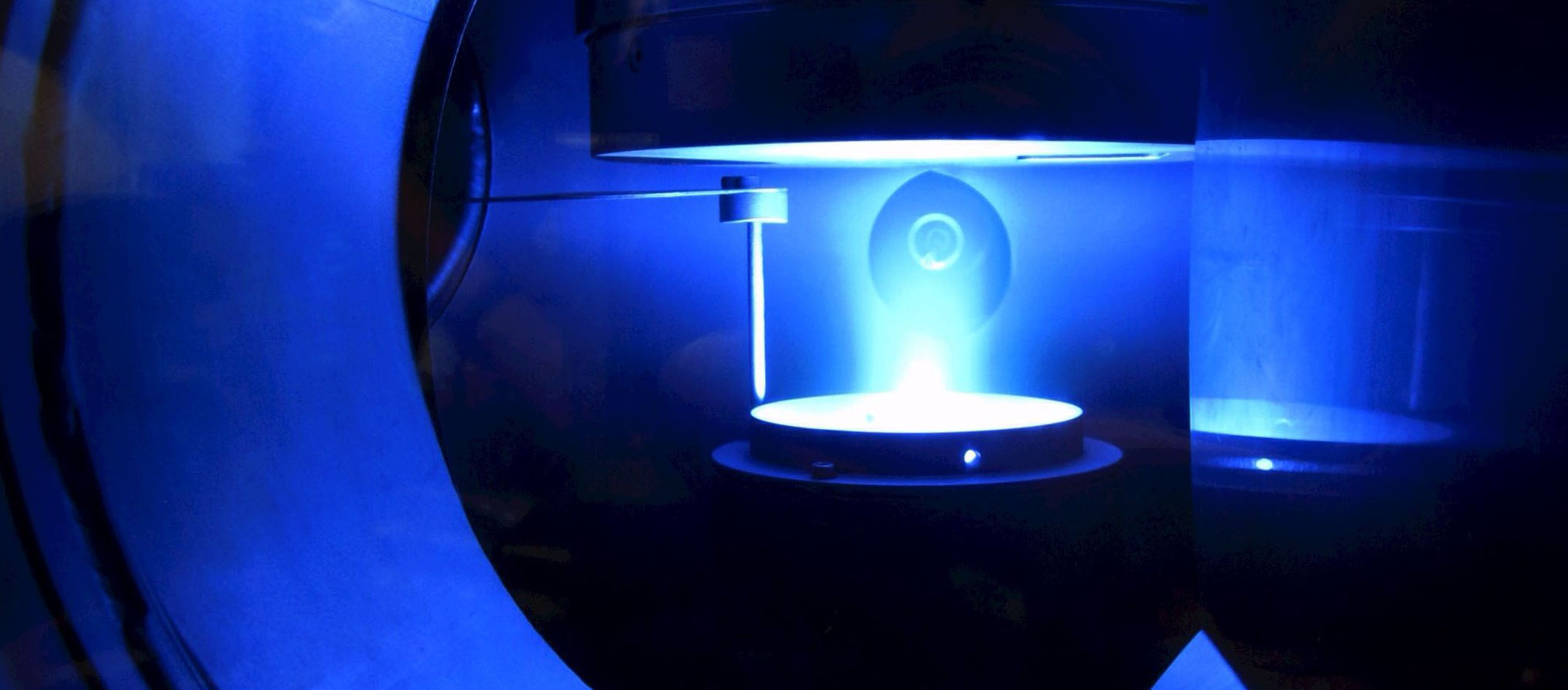CRC 1491: Cosmic Interacting Matters - From Source to Signal
Research Goal
In the night sky we see with the naked eye the same constellations year after year, so that the impression could arise that it is a static construct - a thought that lasted for centuries before it was possible to prove at the beginning of the 20th century that the universe is a dynamic system that came into being with a "big bang" and continues to expand.
Dynamics are also high on smaller scales, with stars forming and passing away in powerful supernova explosions, like this affecting the dynamics of the galaxies in which they are hosted. The explosions create clouds of particles or of plasma that interact with cosmic magnetic fields. The interplay of cosmic matter that drives these processes is the guiding theme of Collaborative Research Center (CRC) 1491, which grew out of the activities of the Ruhr Astroparticle and Plasma Physics Center (RAPP Center). "How are the different forms of matter and energy transformed into each other? How are the smallest, elementary particles accelerated to the highest energies ever observed?
How do large-scale magnetic field structures form in the plasma of galaxies? What influence does dark matter have on the dynamics of the systems?" is how Prof. Dr. Julia Tjus, spokesperson of the new SFB from Ruhr-Universität Bochum, names some of the research questions.
Sixteen leading researchers have joined forces to create a unified picture of the detectable traces of interacting matter. 11 researchers are from Ruhr University Bochum, 4 are working at TU Dortmund University, and Bergische Universität Wuppertal is involved with one researcher. They all want to understand how small galaxies like our Milky Way work, but also large ones with an active supermassive black hole in their core. For this purpose, theoretical astrophysical models are combined with experimental observations of all wavelengths and particles. Furthermore, the SFB provides knowledge about the fundamental properties of matter from theoretical calculations, cosmological observations and terrestrial experiments on particle interactions: "This knowledge can be used directly in the astrophysical models. The combination of the two research strands provides a detailed and precise picture of how galaxies function and evolve," comments Prof. Dr. Wolfgang Rhode of TU Dortmund University, co-spokesperson in the SFB.
Understanding this interplay of cosmic matter is only possible if researchers from different fields of physics work together: At RUB, the collaboration between astro- and plasma physics is well-established, and expertise from particle and astroparticle physics at the neighboring universities of Dortmund and Wuppertal is added. The links between the subfields of astro-, plasma-, astroparticle- and particle physics have been investigated in the RAPP Center in the Ruhr region since 2015. The work within the SFB will significantly advance research at the RAPP Center in the coming years.
Further information
- Website SBF 1491 https://sfb1491.rub.de
Spokesperson
Prof. Dr. Julia Tjus
Theoretical Physics IV
Theoretical physics, in particular plasma astroparticle physics
Ruhr-Universität Bochum
Universitätsstraße 150
44801 Bochum
Tel.: +49 (0) 234 - 32 28778
